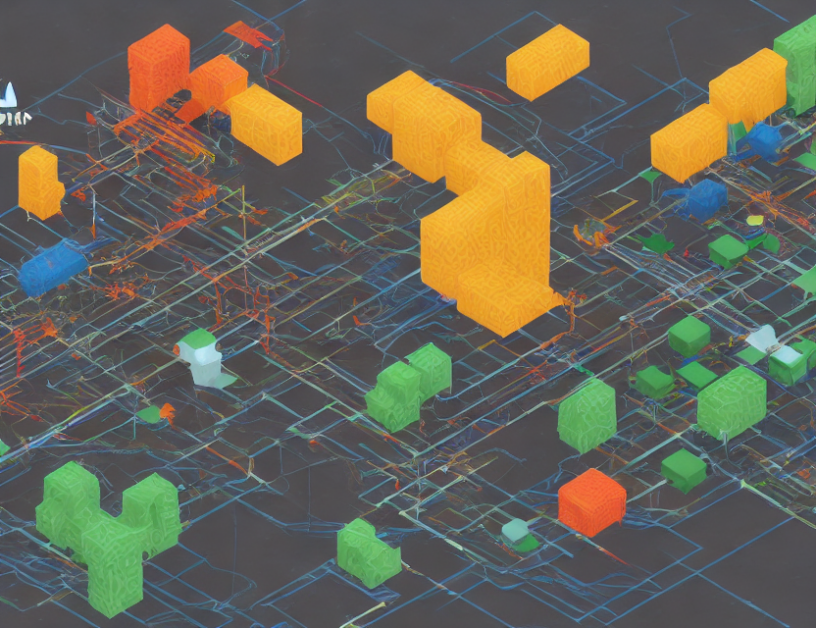Causal inference is a crucial aspect of explainable AI, which helps us understand how much credit each feature contributes to a prediction. The article discusses various methods for causal inference, including Shapley values, sampling, and permutation. These methods aim to compute the contribution scores of nodes in a graph, which can be used to explain the predictions made by deep neural networks.
The authors conducted experiments on random graph datasets and real-world scenarios to compare the efficiency and accuracy of different causal inference methods. They found that BIGEN, a method based on contribution scores, provides relevant top-k ranking while reducing computation time significantly. This is because BIGEN can model the uncertainty in the causal edges to handle situations with noisy mechanisms.
The article highlights the importance of causal inference in RCA (Recursive Collaborative Attribution) and how it differs from explaining neural network predictions. The authors emphasize that causal inference is essential for understanding the relationships between features and their contributions to a prediction, which is crucial for building trustworthy AI systems.
In summary, the article provides an overview of causal inference methods for explainable AI and demonstrates their effectiveness through experiments. It highlights the importance of BIGEN as a efficient and accurate method for computing contribution scores in RCA. By understanding the relationships between features and their contributions to a prediction, we can build more trustworthy and transparent AI systems.
Metaphor: Causal inference is like solving a puzzle where each piece represents a feature of the graph. To understand how the pieces fit together, we need to use different methods to compute the contribution scores of each piece. By doing so, we can build a more accurate and efficient picture of how the AI system makes predictions.
Artificial Intelligence, Computer Science
Efficient Attribution Methods for Root Cause Analysis in Microservices



